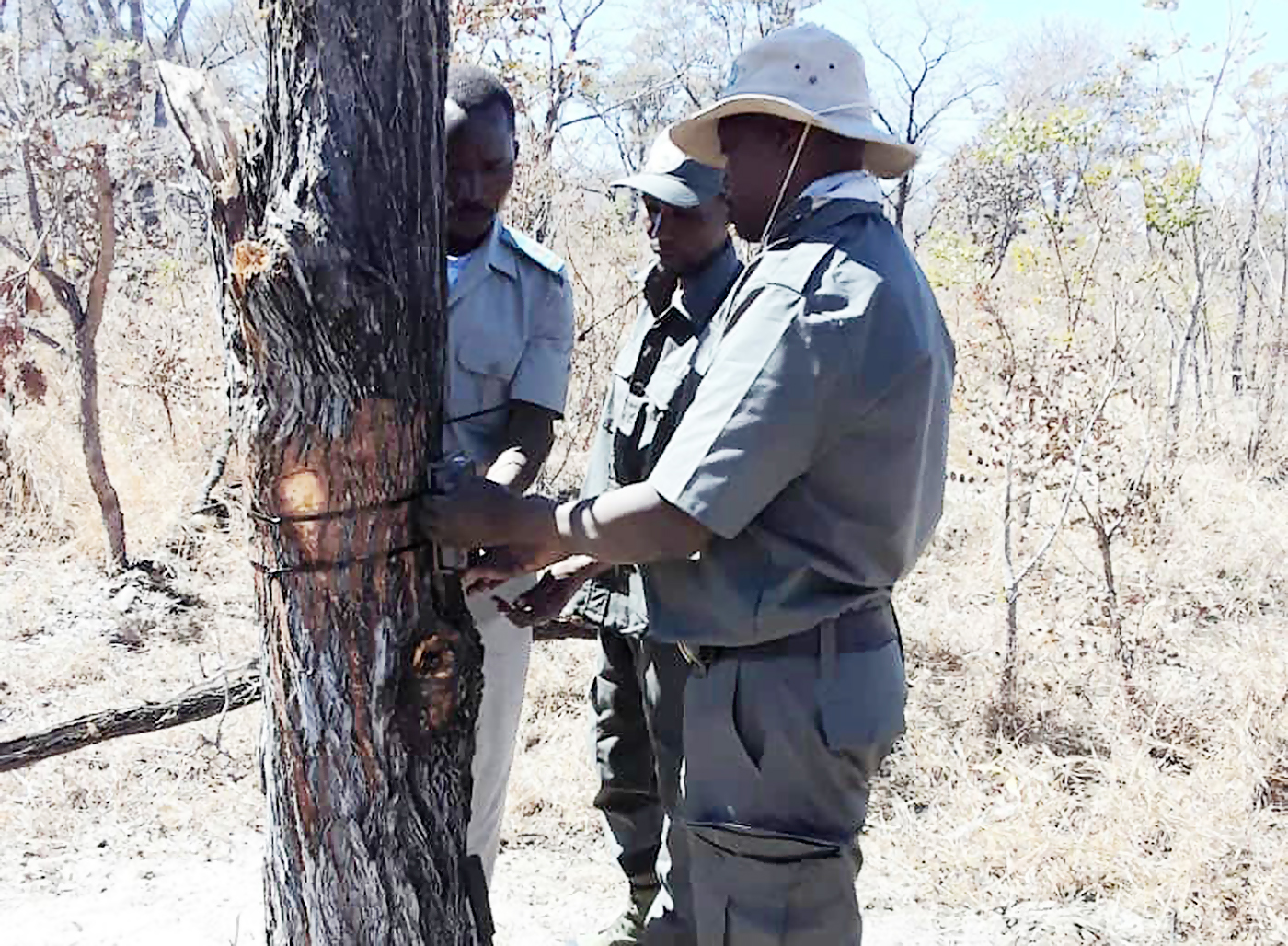Recent groundbreaking research by LineekelaOmwene Nauyoma, who was a part-time lecturer at Ogongo Campus, and is to graduate with a PhD in wildlife conservation and management from the University of Namibia in October 2025, has revealed critical insights into the behavioural patterns of roan and sable antelopes in Namibia’s Mudumu National Park.

This research significantly contributes to wildlife management strategies within the region.
Mudumu National Park, situated within the Kavango-Zambezi Transfrontier Conservation Area, a biodiversity hotspot spanning Namibia, Botswana, Angola, Zambia and Zimbabwe, hosts diverse wildlife populations, including the roan (Hippotragus equinus equinus) and southern sable antelope (H. niger niger).
Despite not being classified under imminent conservation threat by the International Union for Conservation of Nature (IUCN), both species face declining populations due to habitat fragmentation and poaching pressures.
Nauyoma’s research utilised Advanced Trail Camera Technology during both wet and dry seasons, capturing unique patterns of habitat use by these antelopes.
The findings, published in the Wildlife Society Bulletin, indicate that roan and sable antelopes consciously avoid proximity to rivers, areas heavily frequented by predators such as lions, and competing herbivores like Burchell’s zebras, which alter grass availability.

“I believe that roan and sable are avoiding all these problems by staying far from the river and other ungulates,” Nauyoma explains. “Typically, roan and sable only visit the river for short periods to drink every three to four days.”
The antelopes strategically select areas with taller grass cover, providing them optimal feeding conditions and reduced predation risk.
Nauyoma highlights, “Both species are relatively tall grazers and have a narrow mouth, which allows them to feed on higher grasses compared to species like African buffalo. These buffalo keep the grasses shorter and unfavourable for roan and sable.”

Role of termite mounds in habitat selection
Moreover, Nauyoma’s study explored the intriguing role of termite mounds in habitat selection.
During the dry season, roan antelopes were attracted to termite mounds for nutritional benefits from mineral-rich soils and grasses around these structures. In contrast, sable antelopes avoided these areas during the wet season, likely due to higher tick infestations posing health risks.
“Termite mounds can play a significant role in the health and nutrition of antelope populations. In the dry season, they may provide essential salts and nutrients for roan, while sable may avoid them due to ticks, which can be fatal,” he notes.

The implications of Nauyoma’s research are profound for conservation practices. It suggests reconsidering artificial water supplementation, traditionally believed beneficial, yet potentially counterproductive for roan and sable conservation.
His findings emphasize habitat management techniques, such as the strategic relocation of termite mounds, to enhance habitat suitability.
“Managers can use this information to benefit these species. For example, moving a chunk of an existing termite mound somewhere new may help termites rebuild and improve habitat quality for antelopes,” Nauyoma adds.

Original story published by The Wildlife Society.





